Scan barcode
The 24 Most Influential Horror Novels of All Time (Book Riot, 2022) - NEW VERSION
Hosted by biblio_creep
46 participants, 24 books
You can start and finish this challenge whenever you like!
https://bookriot.com/most-influential-horror-novels/
Now more than ever, people are hungry for horror fiction. The 2010s and the 2020s have seen a rise in what is often referred to as “elevated horror” and/or “social horror” in film and novels. And while Stephen King has dominated horror for the past several decades, it seems as if we’re in the middle of a horror renaissance. Of course, King is going to remain at the top of the horror charts, but we’re also witnessing a new batch of horror authors rising to popularity. We’re hungry for horror, and it feels like the genre keeps getting better and better as it’s given more room to grow.
Now more than ever, people are hungry for horror fiction. The 2010s and the 2020s have seen a rise in what is often referred to as “elevated horror” and/or “social horror” in film and novels. And while Stephen King has dominated horror for the past several decades, it seems as if we’re in the middle of a horror renaissance. Of course, King is going to remain at the top of the horror charts, but we’re also witnessing a new batch of horror authors rising to popularity. We’re hungry for horror, and it feels like the genre keeps getting better and better as it’s given more room to grow.
But while innovative horror might feel new, it totally isn’t. Horror as a genre has been growing, changing, and influencing our culture for centuries. From early Victorian literature to new contemporary classics, here are the 25 most influential horror books of all time. These books make the list for the way they’ve redefined what horror means, opened up the doors to explore new possibilities, and influenced other authors to do the same. If you love horror, make sure you check out each and every one of the books on this list.
Challenge Books
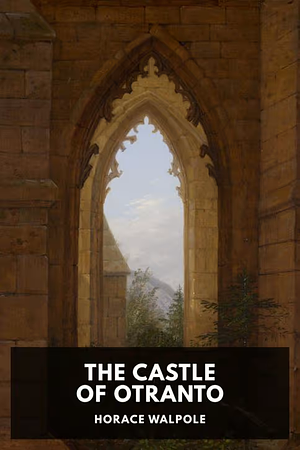
The Castle of Otranto
Horace Walpole
Horace Walpole’s The Castle of Otranto gets a shout-out for being one of the first. It is the novel that launched the gothic fiction genre. Eerie supernatural elements mixed with realistic fiction? Yeah, that came from Walpole. You can also thank him for the dark and scary corridors, the creaking floorboards, the doors closing by themselves, and many other tropes that are now highly recognized staples of the horror genre. Beloved classics like Dracula and “The Telltale Heart” would be nothing without The Castle of Otranto.
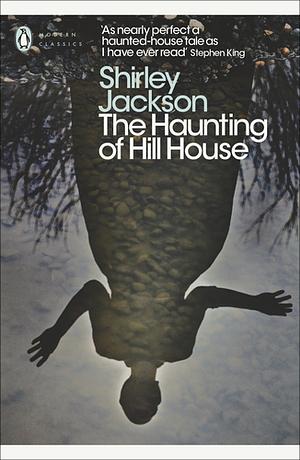
The Haunting of Hill House
Shirley Jackson
While many of Shirley Jackson’s works have been influential on the horror genre, it’s hard to top The Haunting of Hill House for the hold it has on horror fans. This is a character-driven horror novel that has become a model for haunted house stories. Pretty much every time a new haunted house novel comes out, you should expect it to be compared to Jackson’s iconic novel. Then there’s Mike Flanagan’s series loosely based on the novel. While the Netflix series made some pretty big changes to the source material, it’s also pretty clear that the show has nothing but reverence for not only the book but Shirley Jackson’s work as a whole. And the Haunting of Hill House series has gone on to leave a pretty big mark on what horror is capable of doing on television.
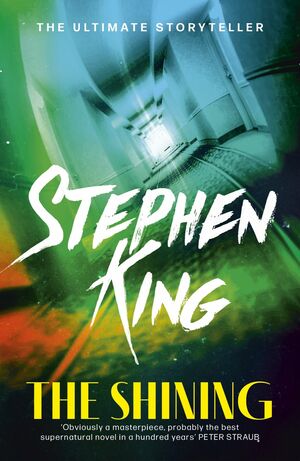
The Shining
Stephen King
It’s impossible to talk about haunted house novels without recognizing Stephen King’s The Shining and everything this novel contributed to the genre. Stephen King was heavily influenced by The Haunting of Hill House, but The Shining blew up the haunted house and made it a large and ominous haunted hotel. And as if ghosts weren’t enough, The Shining also incorporates a kid with supernatural abilities and a snow storm to close the protagonists off from the rest of the world. And while King was not the biggest fan of Stanley Kubrick’s film adaptation, Kubrick’s version of The Shining undeniably changed the shape of horror films forever.
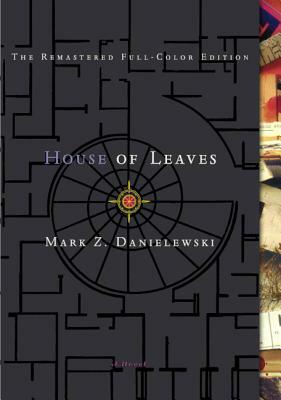
House of Leaves
Mark Z. Danielewski
Mark Z. Danielewski’s 2000 novel House of Leaves turned the haunted house genre on its head. The ergodic novel incorporates strange fonts, footnotes, and odd layouts that often mirror the events of the story. In this way, the text feels alive and interactive, which heightens the scare factor for readers. While many have praised Danielewski’s accomplishment with House of Leaves, not many authors have attempted to mimic this format. And yet House of Leaves remains one of the most popular contemporary haunted house novels, and an important point of reference for others writing in this genre.
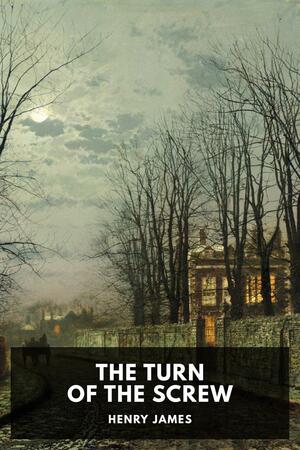
The Turn of the Screw
Henry James
The Turn of the Screw is an interesting horror novella because it’s one that can be read many different ways. Are the supernatural moments real? Are they a figment of the governess’s imagination? However you read it, James’s novella is an excellent example of early psychological horror. Yes, this is a haunted house story, but it also incorporates elements of feminist and Marxist thinking, along with the psychological exploration. Oh, this is another novel that was loosely adapted into a Netflix series by Mike Flanagan. This guy knows his influential horror.
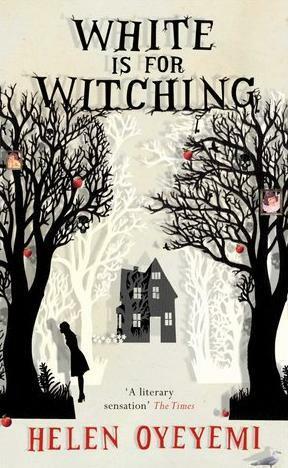
White is for Witching
Helen Oyeyemi
White is for Witching is a haunted house tale that subverts a lot of the expectations of the genre, specifically crossing racial lines and redefining how we look at “white” and “black” as symbols in horror fiction. As the title suggests, in Oyeyemi’s tale, white becomes the color of evil, of witchcraft, and of fear, rather than black. Gothic motifs that were established in earlier texts are reexamined and reimagined here. Readers are forced to confront imagery that might have once seemed familiar to them with new eyes. While White is for Witching is a newer text, it’s significant for what it has contributed to the gothic horror genre.
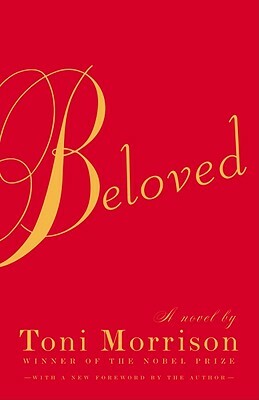
Beloved
Toni Morrison
What if it’s not a house that’s haunted but rather a person that’s haunted? That’s one of the horror tropes Toni Morrison plays with in her critically acclaimed novel Beloved. Yes, this novel is unsettling, but Morrison’s Beloved does so much more than simply play with horror tropes to scare readers. This novel uses horror as a framework to examine the psychological effects of slavery and the pain of grief. In 2019, The BBC listed Beloved as one of the 100 most inspiring novels of all time.
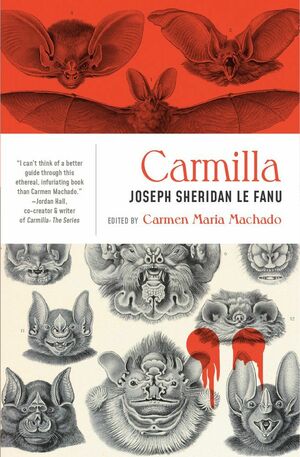
Carmilla
J. Sheridan Le Fanu
Moving from ghosts to vampires, Carmilla is one of the most important vampire texts ever written. This gothic novella predates Dracula and is one of the first vampire stories ever written. In fact, Bram Stoker’s Dracula was heavily influenced by this novella. Carmilla was revolutionary for the way it used vampires to explore sexuality — specifically female sexuality and lesbianism. While Carmilla is less widely read than its vampiric successors, vampire fiction as we know it today would not be the same without this book.
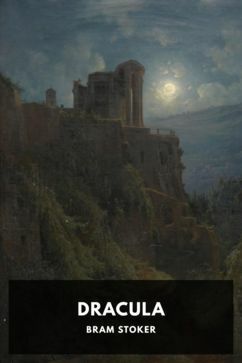
Dracula
Bram Stoker
The name “Dracula” has become synonymous with “vampire” and so, for obvious reasons, Bram Stoker’s Dracula is on this list. In her 1995 article “Sympathy for the Vampire,” Dr. Wendy Doniger wrote that Dracula has become the “centrepiece” for vampire literature, “rendering all other vampires BS or AS.” So much of what we think of now as classic vampire lore stemmed from the story of Dracula: transforming into bats, hatred of garlic, fear of crosses, and much more.
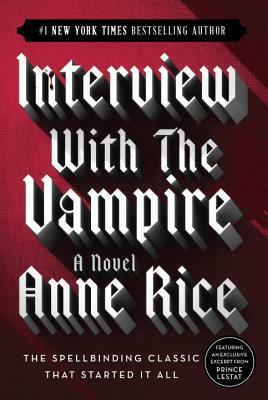
Interview with the Vampire
Anne Rice
If Dracula created the template for vampire lore, then Anne Rice’s Interview with the Vampire created the mold for the contemporary vampire. Anne Rice made vampires sympathetic, and more importantly, she made them sexy. Interview with the Vampire paved the way for book series and shows like True Blood, The Vampire Diaries, and, yes, even Twilight. Anne Rice’s vampires are not simply monsters. They are grappling with the morality of being a vampire. They still have the ability to feel human emotions and even fall in love. And many people have fallen in love with Rice’s vampires. This novel launched a series that has sold millions of copies worldwide and remains a favorite among vampire fans to this day.
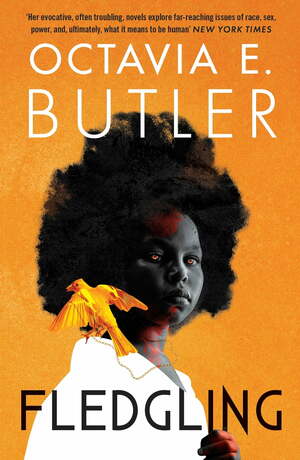
Fledgling
Octavia E. Butler
Octavia Butler is traditionally known for her science fiction works, and during her lifetime the author won multiple Hugo and Nebula Awards. But in her 2005 novel Fledgling, the bestselling author explored vampires from a sci-fi perspective. While Butler’s creatures are called “Ina,” they otherwise have much in common with what readers traditionally understand to be vampires. They don’t age. They drink blood. But these vampires are biologically created rather than supernaturally made, and they cannot turn others into vampires. They also co-exist with humans in a symbiotic relationship. The Ina’s existence is explained through science rather than the supernatural here, and through this conceit Butler explores racism and the fear of racial contamination.
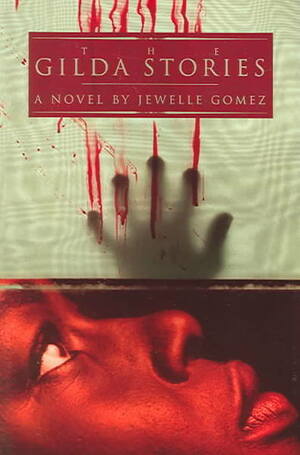
The Gilda Stories
Jewelle Gomez
The Gilda Stories is the debut novel from author and activist Jewelle Gomez. This novel is a feminist take on the vampire genre that follows a Black bisexual vampire living through many lives and many decades. Gomez’s take on the vampire expands on earlier feminists works like Carmilla to examine not only gender and sexuality but also what it means to move through the world as a Black woman. The novel was the recipient of two Lambda Literary Awards and was later adapted into a stage play Bones & Ash: A Gilda Story.